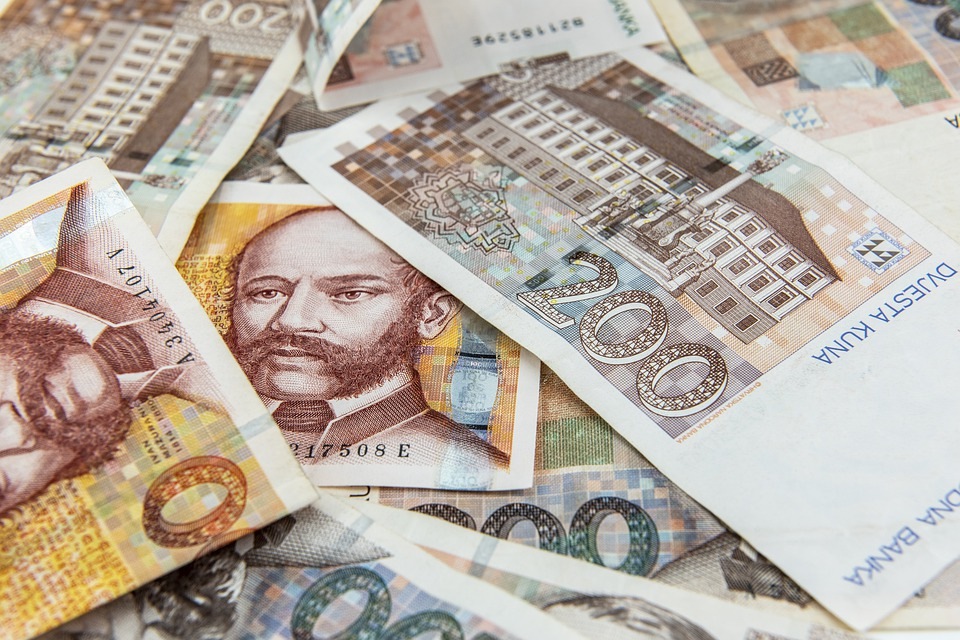The ongoing coronavirus pandemic has made life very difficult for banks, not in terms of revenue so much but in terms of attempting to stabilise domestic currencies as economic blows keep on being dealt by the spread of the virus and the subsequent introductions of lockdown measures to try to mitigate the escalating public health crisis.
The Croatian National Bank, with Boris Vujcic as its governor, hasn’t been immune to the proverbial storm clouds caused by this unprecedented and seemingly unrelenting global situation, and numerous interventions involving the euro and the kuna have taken place over the last pandemic-dominated year.
On Thursday last week, the Croatian National Bank stepped in to make its first foreign currency exchange intervention of 2021.
As Ana Blaskovic/Poslovni Dnevnik writes, to be more precise about what the intervention entailed, the central bank sold 190 million euros to the banks at an average exchange rate of 7.570405 Croatian kuna per euro, as such withdrawing a massive 1.438 billion kuna in total from the system.
This was, as previously stated, the very first foreign exchange intention of 2021, which was done to stabilise the Croatian national currency. The previous intervention by the national bank took place back at the end of March 2020, as the pandemic began to errupt across Europe.
Back then, 618.5 million euros were sold to the banks, and the exchange rate stabilised at 7.608529. In the meantime, four interventions were held in which the Croatian National Bank was the one to purchase the euros.
For all you need to know about Croatian banks and financial institutions operating within the Republic of Croatia, whether you’re a local or a foreigner, make sure to bookmark this page.











